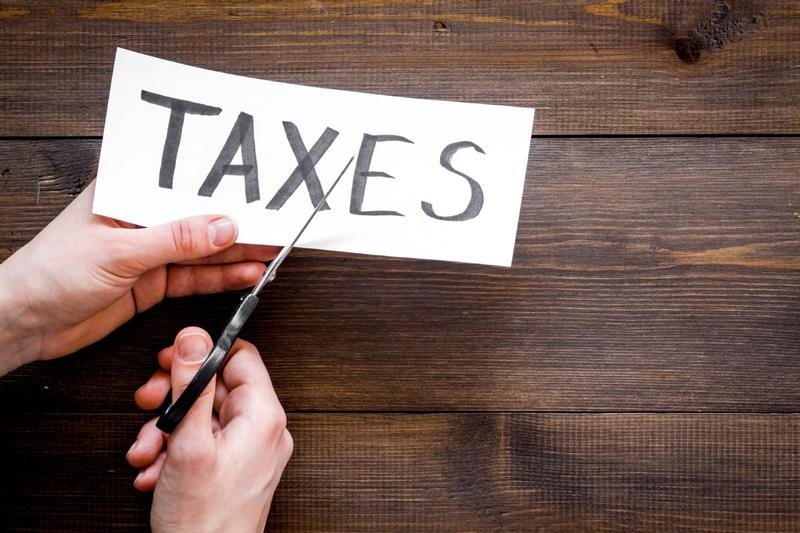 Policymakers in China are considering major tax and fee cuts in 2022 as a proactive fiscal easing measure to spur the economy and support vulnerable firms. (PHOTO / IC)
Policymakers in China are considering major tax and fee cuts in 2022 as a proactive fiscal easing measure to spur the economy and support vulnerable firms. (PHOTO / IC)
Policymakers in China are considering major tax and fee cuts in 2022 as a proactive fiscal easing measure to spur the economy and support vulnerable firms, tax authorities and experts said on Thursday.
Tax authorities are studying specific measures to lower taxes and fees for next year, mainly focusing on manufacturing and smaller businesses, to ease their cost burden and stabilize employment, according to officials from the nation's tax administrative department.
Beijing is expected to hold the annual central economic working conference in mid-December, which could strike a "more dovish" stance in terms of more proactive fiscal easing, including corporate tax cuts, pro-consumption measures such as subsidies and an expansion of green infrastructure investment, as well as more local government special bond issuances, said Robin Xing, Morgan Stanley's chief China economist.
Xing said tax and fee cuts will likely be launched in the first quarter of next year, mainly related to value-added taxes and corporate income taxes.
Premier Li Keqiang has preannounced that the government is studying a larger scale of tax and fee reductions for 2022.
Li told global business leaders during a virtual dialogue organized by the World Economic Forum on Wednesday that China will introduce and implement more intensified tax relief measures to help market entities-especially small, medium-sized and micro enterprises-tide over difficulties.
In view of the asymmetrical impact of margin pressures on smaller businesses, tax authorities have announced a tax deferral program for small producers earlier this month to ease cost pressures.
Fitch Ratings, a global ratings agency, revised down its projection for China's 2022 GDP growth to 5.2 percent from 5.5 percent, considering the recent wave of the Delta variant of COVID-19 and an ongoing property market slowdown.
"With economic growth and property sector challenges continuing to rise, we believe the authorities will enact additional macro policy support measures by year-end,"Andrew Fennell, senior director and primary rating analyst at Fitch (Hong Kong) Ltd, said on Thursday.
Fennell expects the government will maintain broadly supportive fiscal policies, and the measures may raise government debt levels to some extent.
Morgan Stanley shared a more optimistic GDP growth projection of 5.5 percent in 2022, compared with a predicted 4.9 percent growth in the second half of this year. Economists expect a clear policy shift toward countercyclical easing, featuring a slightly wider augmented fiscal deficit starting next quarter.
Beijing may set the 2022 GDP growth target at "around 5.5 percent", compared with "above 6 percent" in 2021, keep the budget deficit flat at 3.2 percent of GDP while raising the local government debt quota to 4 trillion yuan ($627.2 billion), up from 3.65 trillion yuan this year, to boost infrastructure, according to Morgan Stanley's report.
More economic supportive measures may come from the monetary policy, as the central bank is preparing to launch more special relending facilities to accelerate a transition to green development. That will boost the growth of credit in 2022, economists said.
Earlier this month, the People's Bank of China, the central bank, announced a carbon-reduction support tool to encourage banks' green loans, which provides relending to banks equal to 60 percent of the eligible loan amount at an interest rate of 1.75 percent for one year.
A Morgan Stanley research team foresees green financing, including green bonds and loans, picking up further to 6 trillion yuan next year on the back of policy support, bringing a 0.2 percentage point boost to GDP growth in 2022.
Coupled with monetary easing, including a reserve requirement ratio cut, it could lift broad credit growth to 11.5 percent year-on-year by mid-2022, they predicted.


